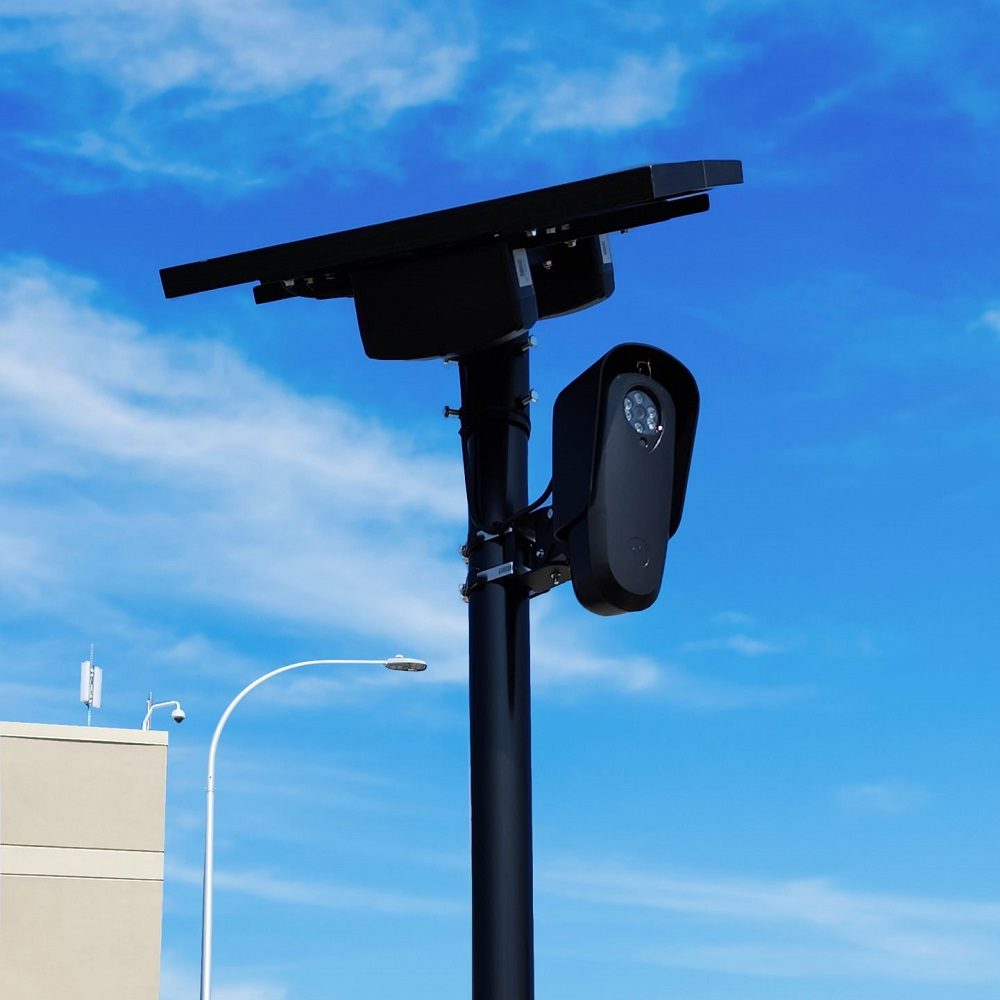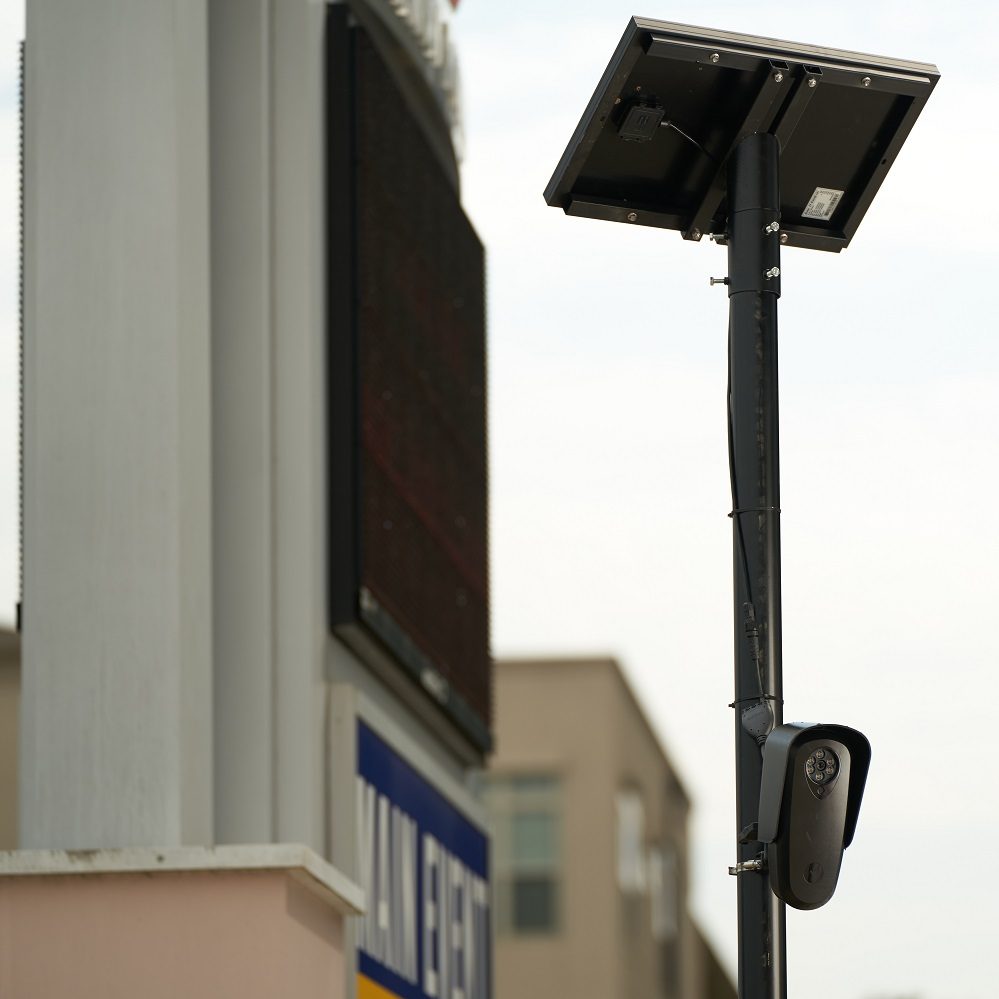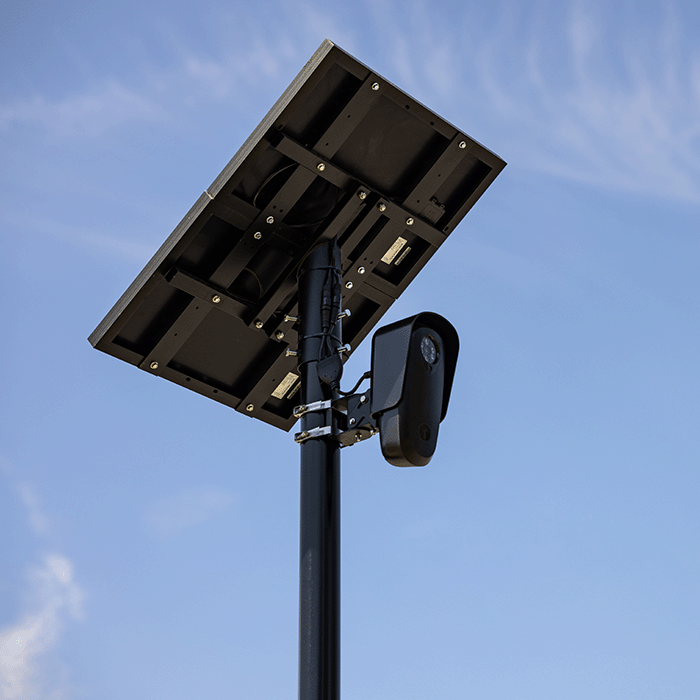As the world evolves with technology, surveillance systems play a significant role in enhancing security. Among these systems, Flock cameras have gained popularity for their advanced features and focus on community safety. These AI-powered cameras recognize and track license plates, helping law enforcement track down vehicles involved in crimes. However, the rising adoption of Flock cameras brings a heated debate surrounding privacy versus security. In this article, we’ll explore how Flock cameras work, their benefits, the concerns surrounding privacy, and the balance between these two critical aspects.
Understanding Flock Cameras
What Are Flock Cameras?
Flock cameras are high-tech surveillance systems designed primarily for public safety. They leverage artificial intelligence to automatically read and recognize license plates while capturing high-definition images and videos. Equipped with advanced analytics, these cameras provide law enforcement with real-time data on vehicles, such as location, speed, and activity history. With this information, police can respond swiftly to incidents, enhancing community security.
Technology Behind Flock Cameras
Flock cameras utilize machine learning algorithms to improve their functionalities continually. As more data is fed into the system, they become increasingly accurate at recognizing patterns and differentiating between vehicles. This adaptability allows the cameras to work in various lighting conditions and environments, maintaining high-quality performance. Additionally, these cameras are connected to cloud-based systems, allowing for quick data retrieval and sharing between different law enforcement agencies. This integration helps build a comprehensive database that can aid investigations.

The Benefits of Flock Cameras
Enhancing Public Safety
One of the primary advantages of Flock cameras is their positive impact on public safety. By monitoring and recording vehicle movements, law enforcement can identify and apprehend criminals more effectively. The presence of these cameras often serves as a deterrent for potential offenders, leading to a decrease in crime rates in areas covered by the cameras. Moreover, communities feel safer knowing that authorities can respond quickly to emergencies with access to accurate real-time data.
Streamlining Law Enforcement Processes
Flock cameras simplify various law enforcement processes. Instead of relying solely on eyewitness accounts or manual license plate tracking, police departments can utilize the data gathered by these cameras. This functionality accelerates investigations and increases the chances of recovering stolen vehicles or solving crimes linked to vehicles. The integration of technology into traditional policing methods enhances overall efficiency, allowing officers to spend more time on proactive community policing rather than reactive investigations.
Privacy Concerns Surrounding Flock Cameras
The Surveillance State
The rise of Flock cameras raises valid concerns about living in a surveillance state. Many people worry that the widespread use of cameras and monitoring systems infringes on individual privacy rights. As these cameras capture continuous video and license plate information, citizens may feel like they are under constant scrutiny. This environment can lead to anxiety and a sense of discomfort, ultimately affecting the community’s trust in law enforcement.
Data Misuse and Security Risks
Another significant concern revolves around data security and potential misuse of the information gathered by Flock cameras. If access to this data is not correctly regulated, it may fall into the wrong hands. Citizens fear that personal information could be leaked, misused, or sold without consent. Furthermore, inadequate data security measures may expose sensitive information to cyberattacks, leading to dangerous consequences. As the usage of Flock cameras continues to expand, it becomes crucial for law enforcement agencies to prioritize data encryption and protection.

Striking a Balance: Privacy vs Security
The Ongoing Debate
The conflict between privacy and security poses a challenging dilemma for society. On one hand, Flock cameras provide essential tools for enhancing community safety and improving law enforcement response times. On the other hand, individuals have a fundamental right to privacy that must be respected. This ongoing debate calls for careful consideration of how Flock cameras are implemented and regulated to balance safety with personal privacy.
Implementing Regulations
To address concerns surrounding privacy, regulatory frameworks must be established around the use of Flock cameras. Clear policies should dictate when and how these cameras are used, focusing on transparency and accountability. Local governments should engage the community in discussions about the intended uses of these cameras and safeguard citizen privacy. Establishing strict limitations on data retention periods and access rights can reassure citizens that their privacy concerns are being taken into account while still allowing law enforcement to maintain security.
Community Engagement and Transparency
Involving Citizens in the Conversation
One of the best ways to address privacy concerns is to involve community members in the conversation surrounding Flock cameras. Public forums and discussions allow citizens to voice their opinions, ask questions, and raise concerns about surveillance practices. Through open dialogue, communities can collaboratively develop regulations that satisfy both privacy and security needs, fostering trust in the authorities who manage these technologies.
Sharing Information
Transparency is crucial when implementing Flock cameras within communities. Local governments and police departments should share information regarding the cameras’ goals, capabilities, and data usage with the public. By educating citizens about how the cameras operate and promoting transparency, communities can alleviate fears. Demonstrating the positive effects of Flock cameras on public safety can promote understanding and help diminish concerns over privacy violations.

Technological Solutions to Privacy Concerns
Anonymizing Data
With advanced technology, it is possible to implement solutions that minimize privacy risks associated with Flock cameras. For example, developers could create sophisticated algorithms to anonymize data collected by the cameras, ensuring that the information shared with law enforcement does not compromise individual identities. By eliminating personally identifiable information, these systems can still provide valuable data without breaching privacy rights.
Limitations on Access
Developing stringent access controls can ensure that only authorized personnel can view the data gathered by Flock cameras. Implementing multi-factor authentication and regularly auditing access logs helps to prevent unauthorized access. Restricting the use of footage to specific investigations also ensures that information is only used for legitimate purposes. These measures can instill confidence in citizens that their privacy is respected and protected.
The Future of Flock Cameras
Continued Integration in Communities
As technology evolves, Flock cameras are likely to become even more sophisticated and integrated into community safety measures. The emphasis on improving public safety will drive innovation, leading to new features and capabilities. As communities embrace these technologies, successful case studies can inspire other areas to adopt similar systems that benefit both safety and quality of life.
Evaluating Impact and Adjusting Policies
The ongoing evaluation of Flock cameras’ impact will help shape future policies. Continuous assessments of their effectiveness in reducing crime while protecting privacy will inform governments on necessary adjustments. Communities can adapt to new needs as technology advances, ensuring that the systems in place effectively balance security and individual rights.

Real-World Case Studies
Successful Implementations
Various cities have witnessed measurable improvements in public safety following the implementation of Flock cameras. For example, in several neighborhoods in Memphis, Tennessee, the introduction of these cameras led to a significant decrease in vehicle-related crimes. Law enforcement reported faster response times and successful recoveries of stolen vehicles due to the ability to access real-time license plate data. These successes provide a compelling case for the continued use of such technology. Communities began to see the tangible benefits almost immediately, fostering broader support for the initiative among local residents. This success boosts confidence in law enforcement operations and demonstrates the potential for technology to make communities safer.
Addressing Failures and Missteps
Conversely, not all implementations have sparked positive sentiment. In some communities, the rollout of Flock cameras sparked backlash over perceived invasions of privacy, particularly when the cameras captured footage of innocuous activities, such as children playing outside. These instances highlight the necessity of addressing community concerns proactively through dialogue. When deployment is handled without community engagement, it can lead to distrust and resentment. Lessons learned from these missteps emphasize the importance of thirty strong governance frameworks and open communication. Reevaluating and adjusting camera usage based on community feedback can help build trust and ensure that the technology genuinely serves the public interest.

Conclusion
The rise of Flock cameras represents a significant advancement in public safety and law enforcement. However, it also brings to the forefront crucial conversations about privacy rights in a surveillance-rich society. Balancing the need for security with the respect for individual privacy requires cooperation between citizens, law enforcement, and policymakers. Engaging communities in discussions and implementing transparent regulations can lead to an environment where both safety and privacy are prioritized.
As Flock cameras continue to evolve, maintaining this balance will be essential for fostering trust in law enforcement while ensuring effective crime prevention. This ongoing dialogue will help shape a future where technology uplifts and protects communities without compromising individual freedoms. In navigating these complex issues, society can harness the benefits of Flock cameras while remaining vigilant about privacy and personal rights. The challenge of striking this balance is not only necessary but crucial for creating a safer, more secure world.
